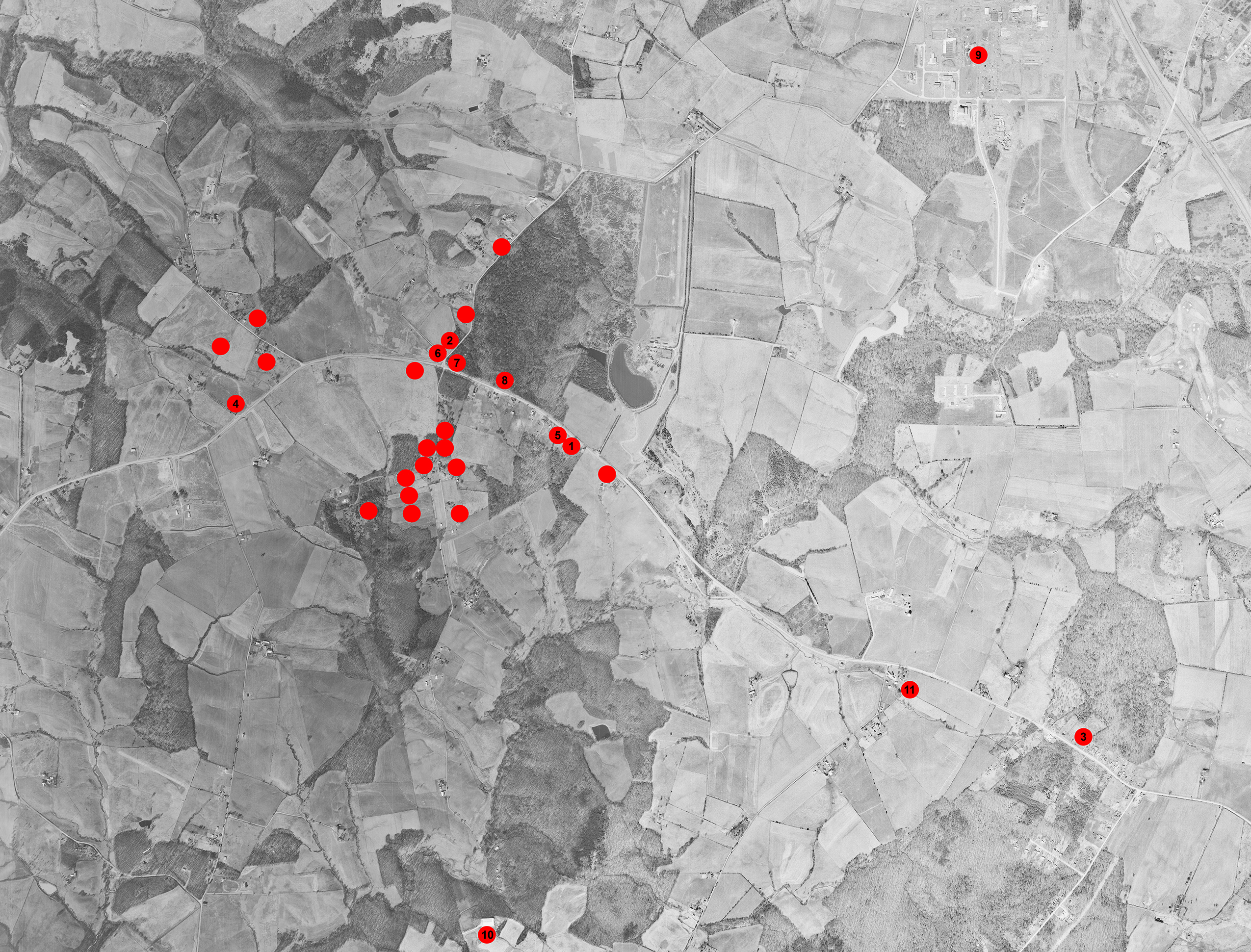
by Quince Orchard Contributor Colin Hardy
During the Spring 2016 semester, I participated with the project between the University of Maryland, Baltimore County’s Public History department and the Quince Orchard Project and the Pleasant View Trustee Board to determine where bodies were buried on the historic site. Not all burials were recorded and there were numerous stories of individuals spontaneously burying their loved ones because there were few African American cemeteries at the time.
We were tasked with developing a library of those sites that are known, while a future team would delve into discovering unknown sites using Ground Penetrating Radar technology. We developed an inventory system that outlined the conditions of existing tombstones and other information gathered from each site.
From there, we created a project to inform the school population about the historic Pleasant View site. As a class, we chose to explore how the site’s three sections mirrored the life cycle of African Americans from this by-gone area. The class was divided into three groups: the school (which symbolized early life), the church (which symbolized mid life), and the cemetery (which symbolized the end of life). Each group was tasked with presenting information about their specific area and how that area can connect to the modern community. We now have this information to catalog within the film and document in the Site’s archives.
